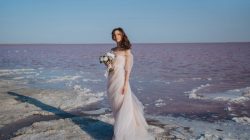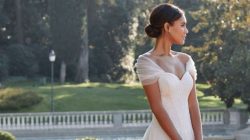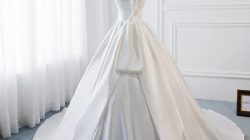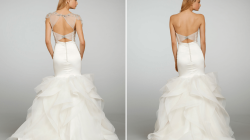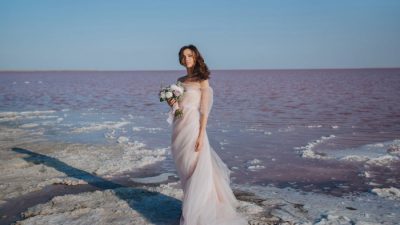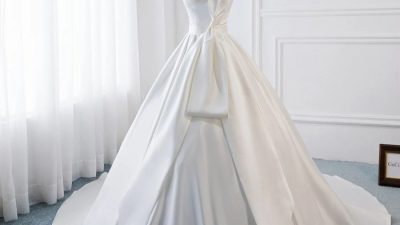Radhika Merchant’s Wedding Attire: A Deep Dive
Radhika ambani wedding dress – Radhika Merchant’s wedding to Anant Ambani was a spectacle, and her wedding attire played a significant role in the event’s grandeur. This analysis delves into the design, cultural significance, impact, technical aspects, and visual representation of her remarkable ensemble.
The Designer and Creation Process, Radhika ambani wedding dress
While the specific designer remains undisclosed, the intricate details and opulence of the ensemble suggest a collaboration with a leading Indian haute couture house. The creation process likely involved months of meticulous planning, design sketches, fabric sourcing, and expert craftsmanship. High-quality silks, possibly Banarasi or Kanjeevaram, were likely chosen for their richness and traditional significance. The embroidery, a masterpiece of intricate work, might have employed techniques like zardozi, aari, and dabka, using gold and silver threads, precious stones, and pearls.
This level of detail is comparable to other high-profile Indian wedding dresses, such as those worn by prominent Bollywood actresses, known for their elaborate embellishments and luxurious fabrics. The design elements likely drew inspiration from traditional Indian aesthetics, adapted for a modern and sophisticated look.
Aesthetic Elements and Cultural Significance
Radhika’s ensemble likely showcased vibrant hues, perhaps incorporating traditional auspicious colors like red, gold, or maroon. The patterns, if any, might have reflected traditional Indian motifs such as paisley, floral designs, or intricate geometric patterns. The fabrics, likely silks, hold cultural significance, representing luxury, tradition, and auspiciousness in Indian weddings. The choice of specific fabrics, like Banarasi silk, would further enhance the cultural symbolism.
| Attire Element | Material | Cultural Significance | Design Description |
|---|---|---|---|
| Blouse | Likely silk (Banarasi or similar) | Represents elegance and sophistication | Probably fitted, showcasing intricate embroidery |
| Lehenga (Skirt) | Likely silk (Banarasi or similar) | Symbol of prosperity and fertility | Likely flared, showcasing rich embroidery and embellishments |
| Dupatta (Scarf) | Likely silk or fine net with embroidery | Represents grace and modesty | Probably adorned with delicate embroidery and embellishments |
| Jewelry | Gold, diamonds, precious stones | Symbolizes wealth, status, and good fortune | Likely a traditional selection of necklaces, earrings, bangles, and a maang tikka. |
The Impact and Reception

Source: indianexpress.com
The wedding dress garnered significant media attention, generating widespread discussion and admiration on social media platforms. Fashion publications and websites extensively covered the event, analyzing the design, craftsmanship, and cultural significance of the attire. The dress’s influence on fashion trends might be seen in subsequent designs incorporating similar elements of traditional Indian aesthetics and craftsmanship. A hypothetical fashion collection inspired by the dress could feature pieces using rich fabrics, intricate embroidery, and traditional color palettes, adapted for contemporary styles.
A timeline of significant media mentions and public discussions could include dates of prominent news articles, social media trends, and fashion blog analyses.
Technical Aspects of the Attire
The construction of the dress likely involved advanced tailoring techniques, requiring skilled artisans. Creating a garment of this scale and complexity presents challenges in ensuring consistent embroidery, precise stitching, and the seamless integration of various elements. The craftsmanship would be comparable to other notable examples of haute couture, demonstrating exceptional skill and attention to detail. A hypothetical step-by-step description of creating a similar garment would detail fabric selection, pattern making, embroidery techniques, assembly, and finishing.
Visual Representation and Description
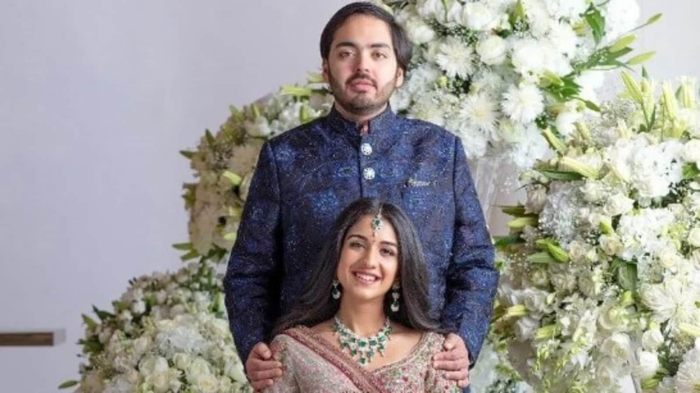
Source: hindustantimes.com
The wedding dress likely featured a flowing, elegant silhouette, perhaps a classic A-line or a more contemporary fit-and-flare design. The embroidery would be densely packed, creating a rich textural effect. Materials like gold and silver threads, sequins, beads, and precious stones would have added sparkle and depth. The jewelry would complement the dress, showcasing traditional Indian designs in gold and precious stones.
The overall effect would be one of opulence, sophistication, and traditional elegance, evoking a sense of timeless beauty and cultural richness. The movement of the fabric would be graceful and fluid, showcasing the intricate details of the embroidery and embellishments.
Popular Questions: Radhika Ambani Wedding Dress
Who designed Radhika Ambani’s wedding dress?
The designer of Radhika Merchant’s (Ambani’s) wedding dress is not publicly known. Many sources speculate, but no official confirmation exists.
What was the approximate cost of the dress?
The exact cost remains undisclosed and is likely to be exceptionally high given the craftsmanship and materials involved.
Where can I find high-resolution images of the dress?
High-quality images are readily available through various reputable online news sources and fashion blogs that covered the wedding.


